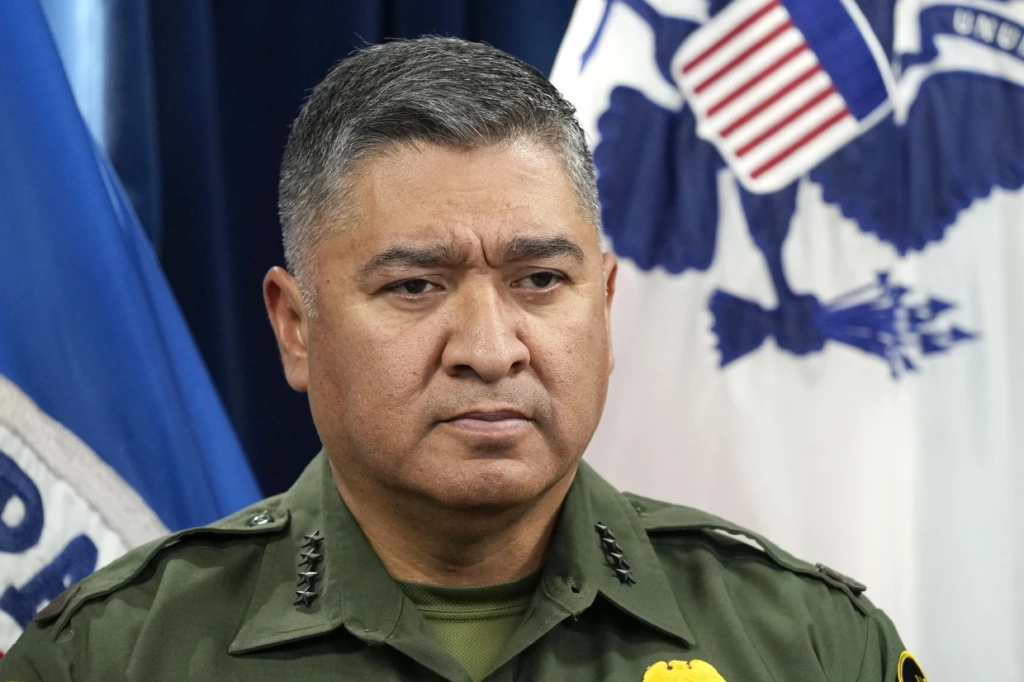Raul Ortiz guided the Border Patrol through a significant portion of the Covid-19 pandemic, overseeing the implementation of Title 42 emergency health restrictions, enabling agents to promptly redirect migrants.

After over thirty years of service with the agency and playing a key role in implementing recent policy changes to address irregular crossings at the U.S.-Mexico border following the conclusion of Title 42 pandemic restrictions, the head of the U.S. Border Patrol is retiring. The retirement of Chief Raul Ortiz was announced by Troy Miller, the acting commissioner of U.S. Customs and Border Protection, who praised Ortiz as a remarkable leader. The exact date of his retirement is June 30, and his successor has yet to be determined.
In a note to staff members, Ortiz expressed confidence in the capable and professional workforce of the Border Patrol, strong relationships with union partners, and outstanding leaders who will continue advocating for them. The authenticity of the note reported by the Associated Press has not been verified by NBC News.
Ortiz took over as the 25th chief of the Border Patrol in August 2021, succeeding Rodney Scott, who retired at the request of the Biden administration. Ortiz’s tenure included navigating the challenges posed by the Covid-19 pandemic and overseeing the enforcement of Title 42 emergency health restrictions, which allowed agents to quickly redirect migrants away from the U.S. border.
Ortiz also played a role in implementing recent measures to discourage unauthorized border crossings while creating additional legal pathways for entering the U.S. following the expiration of pandemic restrictions.
Contrary to expectations of a surge in border arrivals after the end of Title 42 on May 11, there was a decline in the number of encounters between U.S. border agents and migrants in the days that followed.
Shelter operators and workers noted that many migrants were aware of the risk of facing five-year bans from the U.S. under the existing Title 8 rule if they were deported. Consequently, many opted to wait for official U.S. asylum appointments, which they could access through their cellphones, rather than attempting to cross the border without authorization.
Prior to lifting the pandemic restrictions, Ortiz estimated that approximately 60,000 to 65,000 migrants were waiting in northern Mexico for entry into the U.S.
“We are not in a position where we can ATD everyone,” Ortiz mentioned, referring to the Alternatives to Detention program that allows authorities to monitor released migrants within the country. However, he expressed a desire to expand such programs.
Ortiz began his career with the Border Patrol in May 1991, serving in the San Diego Sector, as stated in his profile on the CBP’s website. Prior to joining the Border Patrol, he served in the Army’s 8th Infantry Division in Baumholder, Germany, and pursued studies in political science and criminal justice at the University of Texas at San Antonio and Southwest Texas Junior College.
His exceptional service earned him two Meritorious Honor Awards from the State Department, the Certificate of Achievement from the state of Texas, and the Superior Civilian Service Medal, the Defense Department’s third-highest civilian honor.


